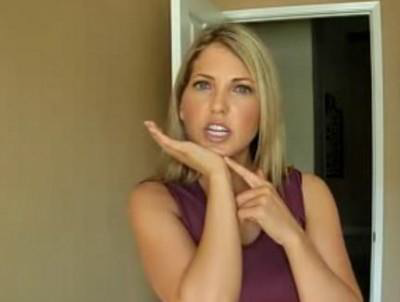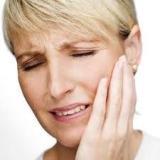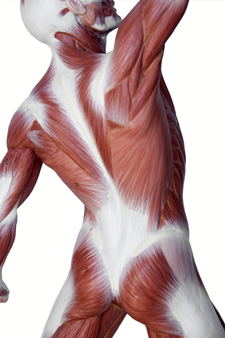
3 CEUs
This course will concentrate on examination of the TMJ and also briefly cover examination of other structures for dysfunction related to the TMJ. Examination is discussed under two main sections:
Subjective examination, in which patients are questioned about their symptoms, how they interfere with daily activities and the history of the symptoms; Objective examination, the physical examination of musculoskeletal structures.
Examination of the TMJ should include the examination of dental occlusion, masticatory muscles, suprahyoid muscles, the upper cervical spine and the cervical musculature, as all these structures are functionally interdependent.
The functional interdependence of the TMJs with dental occlusion and with the upper cervical spine is outlined. Due to this interdependence and to overlapping presentation of pain referral from the TMJs and from the upper cervical spine, it is essential that the clinician examine in details these structures as possible sources of symptoms in patients with facial pain and headache.
?
?
?
read more

3 CEUs
This course will concentrate on examination of the TMJ and also briefly cover examination of other structures for dysfunction related to the TMJ. Examination is discussed under two main sections:
Subjective examination, in which patients are questioned about their symptoms, how they interfere with daily activities and the history of the symptoms; Objective examination, the physical examination of musculoskeletal structures.
Examination of the TMJ should include the examination of dental occlusion, masticatory muscles, suprahyoid muscles, the upper cervical spine and the cervical musculature, as all these structures are functionally interdependent.
The functional interdependence of the TMJs with dental occlusion and with the upper cervical spine is outlined. Due to this interdependence and to overlapping presentation of pain referral from the TMJs and from the upper cervical spine, it is essential that the clinician examine in details these structures as possible sources of symptoms in patients with facial pain and headache.
read more

3 CEUs
The management of the common clinical syndromes presented in this course are:
1. Myofascial pain dysfunction (MPD) syndrome
2. Post-fracture of the mandible and/or maxilla
3. Post-extraction of wisdom teeth
4. TMJ osteoarthritis
5. TMJ clicking
6. Pain secondary to new or remodelled dentures
7. TMJ locking
8. Headache, earache, facial pain.
Presentation of these clinical symptoms will serve to emphasise that in many cases, the symptoms are multifactorial in aetiology and may require diagnostic and treatment skills of dentists, doctors and physiotherapists. This multidisciplinary approach has been found to offer solutions to complex problems
read more

3 CEUs
The management of the common clinical syndromes presented in this course are:
1. Myofascial pain dysfunction (MPD) syndrome
2. Post-fracture of the mandible and/or maxilla
3. Post-extraction of wisdom teeth
4. TMJ osteoarthritis
5. TMJ clicking
6. Pain secondary to new or remodelled dentures
7. TMJ locking
8. Headache, earache, facial pain.
Presentation of these clinical symptoms will serve to emphasise that in many cases, the symptoms are multifactorial in aetiology and may require diagnostic and treatment skills of dentists, doctors and physiotherapists. This multidisciplinary approach has been found to offer solutions to complex problems.
read more









